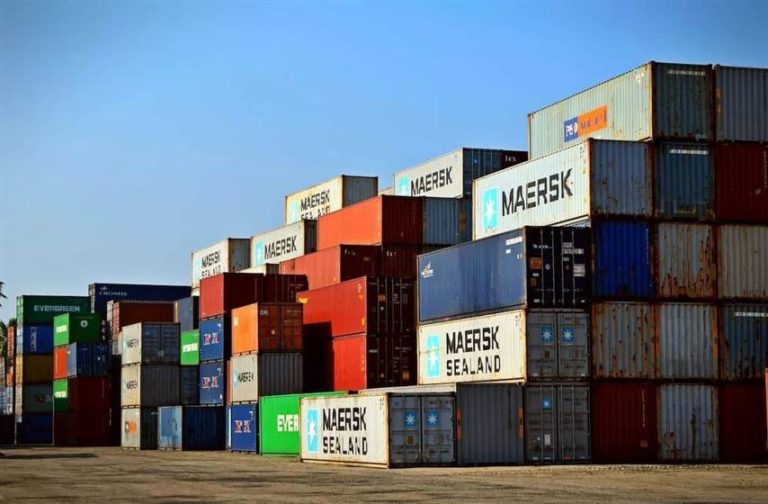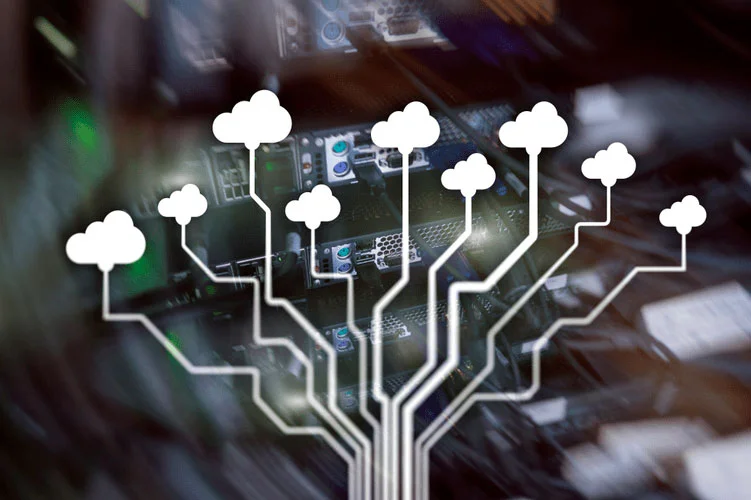A DevSecOps culture seeks to establish security as a fundamental part of creating software—but that’s only one part of what it takes to successfully adopt a DevSecOps practice. The next step is to integrate security into each stage of a DevOps pipeline. DevSecOps should be the natural incorporation of security controls into your development, delivery, and operational processes. Here, ops acts as an internal consultant to create scalable web services and cloud compute capacity, a sort of mini-web services provider. In our 2021 Global DevSecOps Survey, a plurality of ops pros told us this is exactly how their jobs are evolving — out of wrestling toolchains and into ownership of the team’s cloud computing efforts.
- Code is at the core of DevOps processes, and the people who write code are at the core of a DevOps organization.
- Availability and performance management covers the processes that allow application owners to be assured that the applications will be available, potentially in the face of disaster, and be responsive to user interactions.
- Some vulnerabilities might escape earlier security checks and become apparent only when customers use the software.
- It makes security a shared responsibility among all team members who are involved in building the software.
- Self-paced, Cyber Threat Intelligence takes approximately 25 hours to complete and includes 14 quizzes and six assessments.
DevSecOps mandates that good security practices should be enforced all through development, and not only in production. It is the management of infrastructure components (subnets, networks, servers, databases, services, etc.) through code. This has many advantages, including the ability to fortify the infrastructure automatically. Usually, an organization which uses IaC will also use immutable infrastructure.Server settings, port closures, protocol closures, NACLs, security group settings, and other configurations can all be automated. This not only increases security, it is also required for some forms of compliance.
Platform Governance
The DevSecOps & DevOps with Jenkins, Kubernetes, Terraform & AWS course offers hands-on experience using the latest security tools and technologies and teaches how to implement security in the DevOps pipeline. In the context of web security, DevSecOps plays a crucial role in safeguarding web applications and data. By incorporating security practices from the outset, potential vulnerabilities are addressed before they can be exploited by malicious actors. This proactive approach significantly reduces the risk of security breaches and data leaks that could compromise the trust of users and damage an organization’s reputation. Traditionally, security is one of the last things that gets considered during the development cycle. Engineers tended to create apps first, and then test them for vulnerabilities as an afterthought.
New automation technologies have helped organizations adopt more agile development practices, and they have also played a part in advancing new security measures. Whether you call it “DevOps” or “DevSecOps,” it has always been ideal to include security as an integral part of the entire app life cycle. DevSecOps is about built-in security, not security that functions as a perimeter around apps and data. If security remains at the end of the development pipeline, organizations adopting DevOps can find themselves back to the long development cycles they were trying to avoid in the first place. With DevSecOps, software teams can automate security tests and reduce human errors. It also prevents the security assessment from being a bottleneck in the development process.
Reduce time to market
DevOps teams are usually made up of people with skills in both development and operations. Some team members can be stronger at writing code while others may be more skilled at operating and managing infrastructure. However, in large companies, every aspect of DevOps – ranging from CI/CD, to IaaS, to automation – may be a role.

Deployed products must be compliant with the relevant security and infrastructure considerations. If you want to take full advantage of the agility and responsiveness of a DevOps approach, IT security must also play an integrated role in the full life cycle of your apps. It’s an approach to culture, automation, and platform design that integrates security as a shared responsibility throughout the entire IT lifecycle. Security means introducing security earlier in the software development cycle. For example, programmers ensure that the code is free of security vulnerabilities, and security practitioners test the software further before the company releases it. DevSecOps tooling often builds on common DevOps tools such as CI/CD, automated tests, configuration management, and monitoring.
Advance DevOps with communication and collaboration
The list above contains some of the best DevSecOps courses to advance your career. Before choosing one, make sure it meets your needs regarding scheduling, price, content and topics covered, DevSecOps certification, etc. DevSecOps courses with practical, hands-on labs and exercises are best for application in the workplace, as are those with regular feedback and assessments to gauge your understanding of taught concepts.

We talked to James Stanger, CompTIA’s chief technology evangelist, to better understand what DevSecOps is, how it’s changing IT teams, and how pros can get the skills they need to work in this type of environment. This team structure, popularized by Google, is where a development team hands off a product to the Site Reliability Engineering (SRE) team, who actually runs the software. In this model, development teams provide logs and other artifacts to the SRE team to prove their software meets a sufficient standard for support from the SRE team. Development and SRE teams collaborate on operational criteria and SRE teams are empowered to ask developers to improve their code before production. Application deployment consists of the processes by which an application in development reaches production, most likely going through multiple environments to evaluate the correctness of deployment.
What is the DevSecOps culture?
Is the process by which the operating system, software, and supporting services are upgraded. This domain encompasses the holistic nature of DevSecOps around the platform itself, capturing the flow of work into the environment and release of software out of it. When a DevSecOps platform meets a certain level of maturity, it qualifies for a streamlined delivery and ATO process. If you want to take full advantage of the agility and responsiveness of DevOps, IT security must play a role in the full life cycle of your apps.
The overriding factor that separates IT and security teams is organizational misalignment; the two teams often report up through different management structures. The executives leading each faction — the CIO and CISO, respectively — typically have different goals, which are measured and rewarded by disparate key performance indicators (KPIs). In addition, the CIO is often perceived as being higher in the executive pecking order. To create a culture of shared security across the organization, give the CISO and other IT security leaders more status and authority.
Security engineers
This DevOps-as-a-service (DaaS) model is especially helpful for small companies with limited in-house IT skills. And appoint a liaison to the rest of the company to make sure executives and line-of-business leaders know how DevOps is going, and so dev and ops can be part of conversations devsecops team structure about the top corporate priorities. Check for prerequisites, too, to ensure your current knowledge, skills and experience are the right fit. If you want to pad your resume with DevSecOps certifications, make sure the courses you choose offer those important career-boosting credentials.
Another ingredient for success is a leader willing to evangelize DevOps to a team, collaborative teams, and the organization at large. As DevOps becomes more widespread, we often hear software teams are now DevOps teams. However, simply adding new tools or designating a team as DevOps is not enough to fully realize the benefits of DevOps. But the IT-security divide is untenable in the face of advanced persistent threats, targeted phishing attacks and crippling ransomware incidents. Modern threat environments require the two organizations to break down the walls and become partners throughout the IT lifecycle — a model known as SecOps.
Application Development, Testing, and Operations
Make sure you understand the outsourcer’s security landscape and your own responsibilities in this area, as you would with any outside firm. The difference here is that the team, processes, and software the outsourcer plans to use will be deeply embedded in your company’s infrastructure — it’s not something you can easily switch from. Also ensure that the outsourcer’s tools will work with what you already have in-house. The role of a DevSecOps engineer requires being a very good communicator and having a sense of collaboration in order to work with the different teams and customers and to make them aware of good IT security practices.